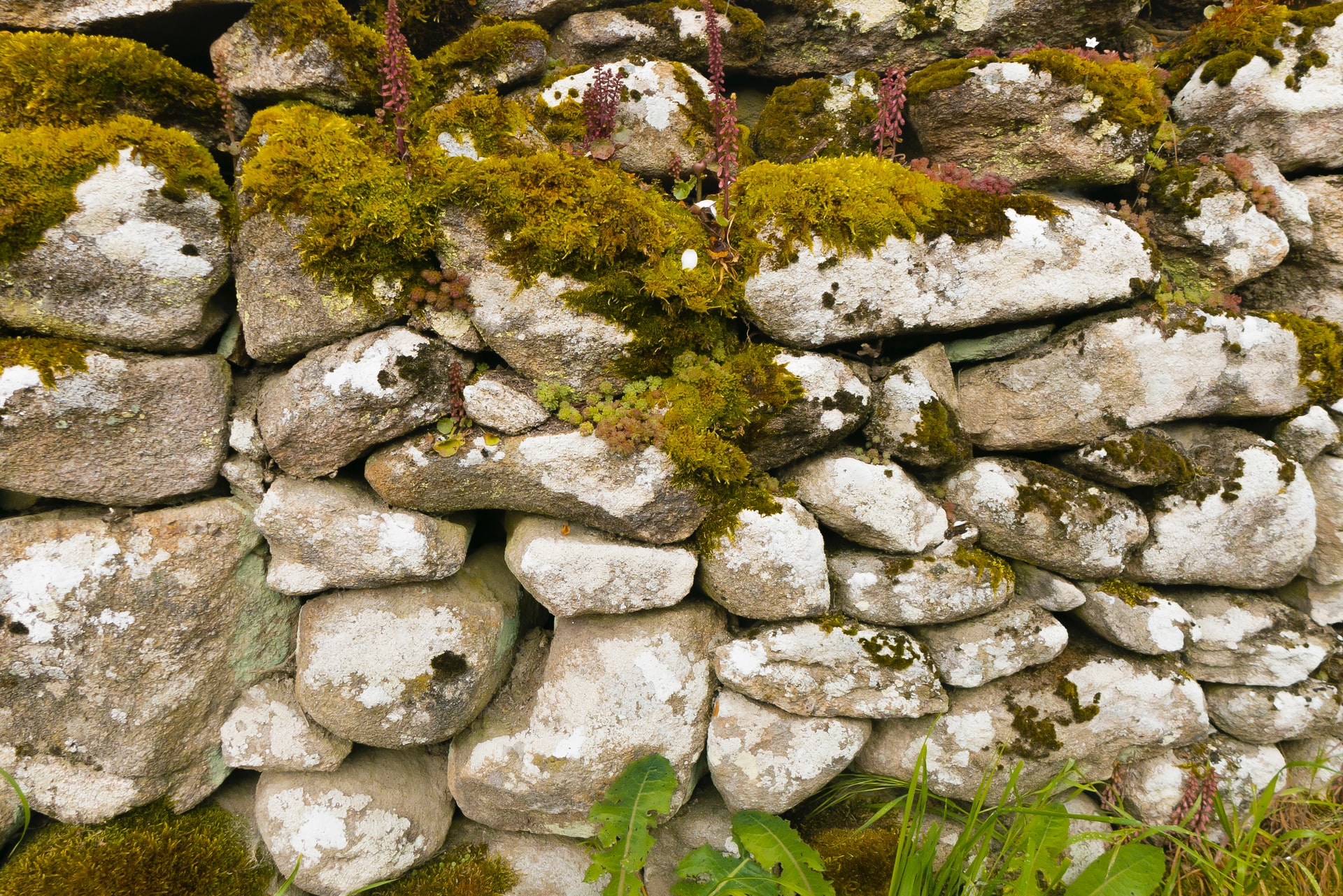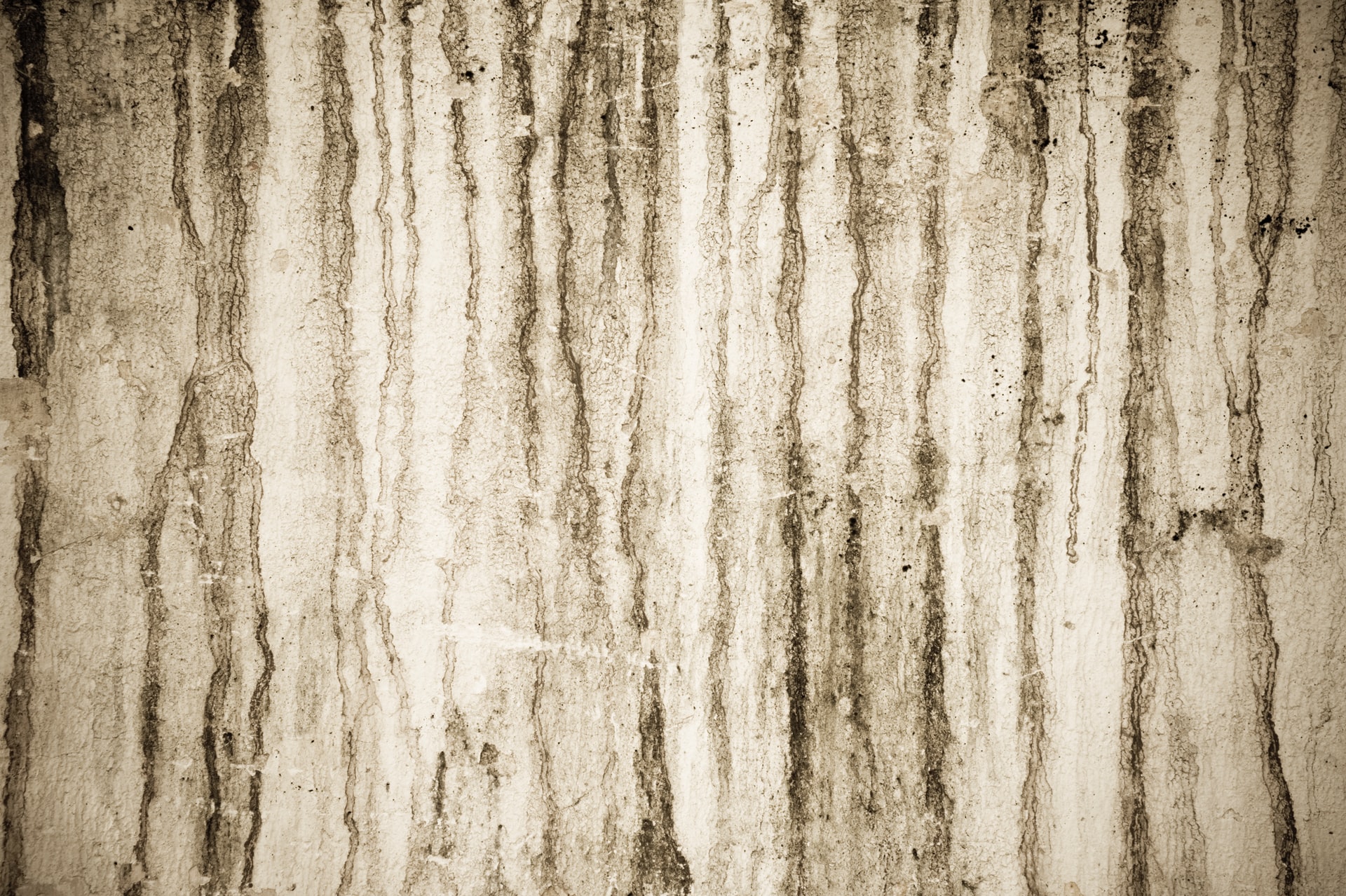Many people are under the impression that homes made of stone or brick are made to last. While they do last many years, stone and brick are weak to a very prevalent element of life: water. There are a lot of complicated things that happen with stone buildings. The average person knows that brick houses sometimes get cracks or complications, but most don’t know about capillary action. So, what is capillary action? Let’s take a look and see how it may be affecting your home.
What Is Capillary Action?
In simple terms, capillary action is when water leaches up into stone. However, it’s important to understand the details to fully get the implications of this phenomenon.
Buildings made with porous stone, like brick, or even solid stone that’s attained cracks, have little defense against water. Water finds its way into stone walls – even vertically – and makes a long journey through the cracks, or capillaries, available in them. These cracks can be miniscule – too small for you to see. However, water running through them makes them bigger. This becomes especially problematic if the groundwater in an area is salty. Even small amounts of salt in groundwater can create a lot of damage.
Over the course of a hundred years, even groundwater with a small amount of salt can take up to 4.2 kilograms of salt through a meter of wall. This salt contributes in breaking down the stone in the wall, leading to further cracks, crumbling, and the inevitable destruction of the walls.
Younger Homes
You may be asking, “How does this affect my home if it’s only 40 years old?” Well, the answer is, it may take a hundred years for 4.2kg of salt to make it through a stone wall, but it then stands to reason that half of that could make it through by the time your home is 50 years old. Capillary action is happening all the time in brick houses, even if the larger effects aren’t seen for a while.
Home Value and Long-Term Health
Therefore, if you want your home to continue standing at its best, you’ll want to take action to prevent capillary action from damaging your foundation or basement walls. These are the walls that support your entire home structure. If they’re damaged to the point that they can no longer do their job, your home is no longer safe. It’s best to start the recovery and protection process sooner rather than later, right?
Saving Your Home from Capillary Action
No matter where you live, there will be groundwater and moisture in the soil that longs to make its way into your walls. If you have a stone or brick home, or if your basement walls are made of cement that is no longer keeping moisture out, it’s time to get help.
POM Waterproofing specializes in exterior basement waterproofing. Our process is extensive, but can keep your home safe from a number of problems associated with capillary action and water leakage. Give us a call today if you want to know more about our services.


